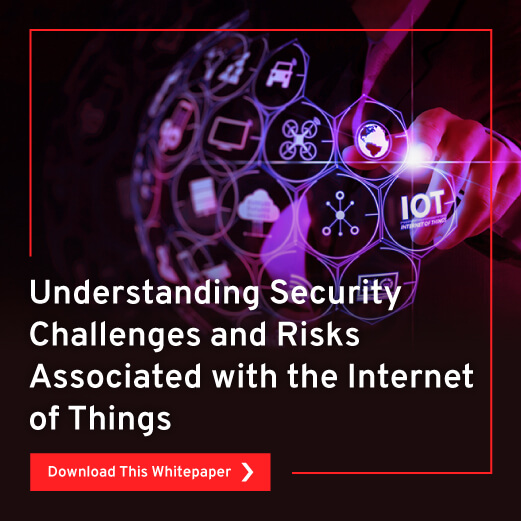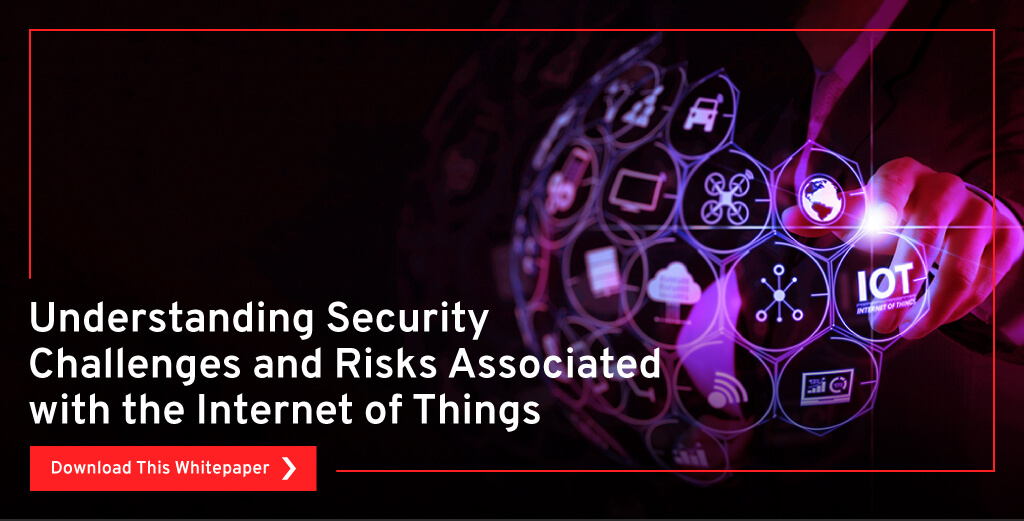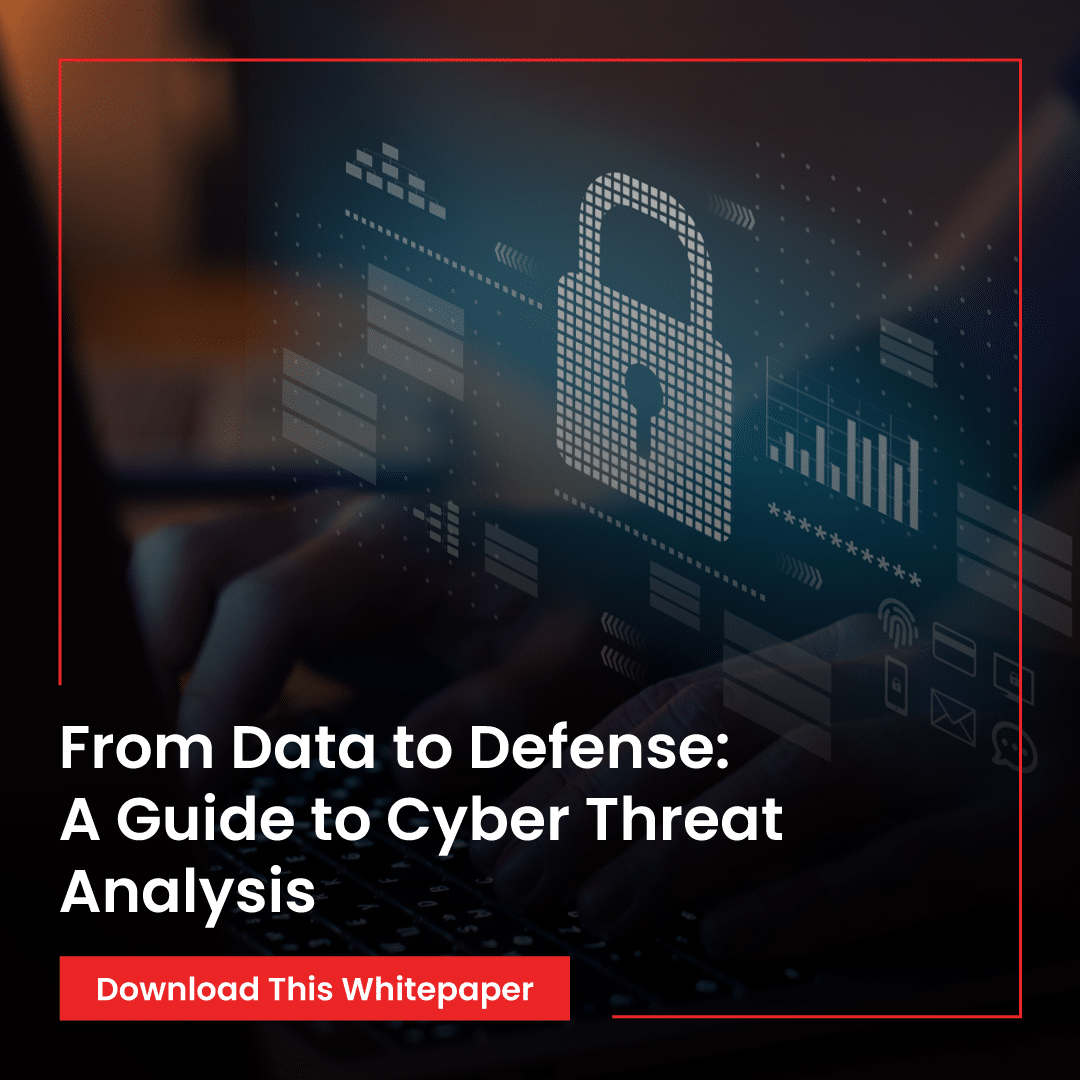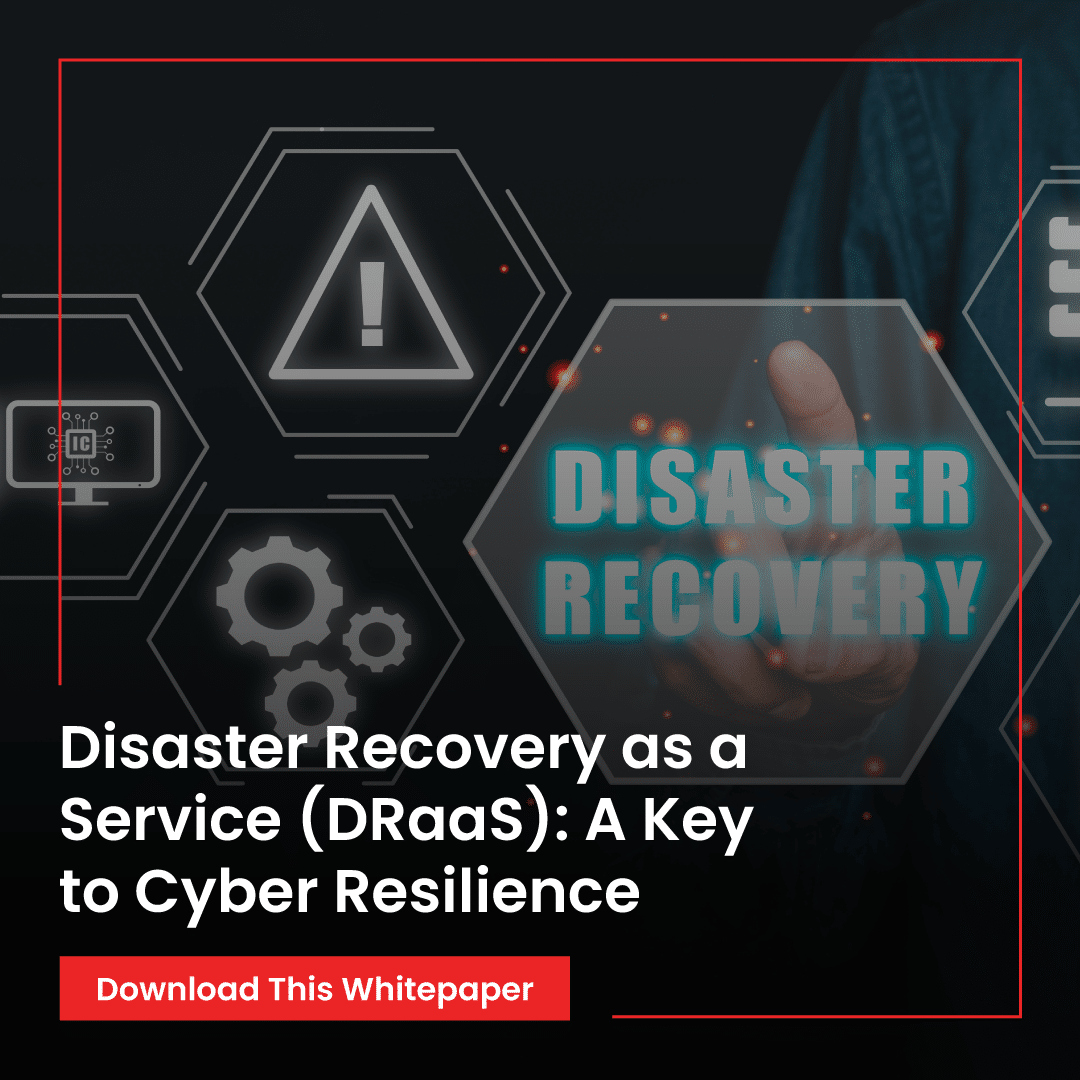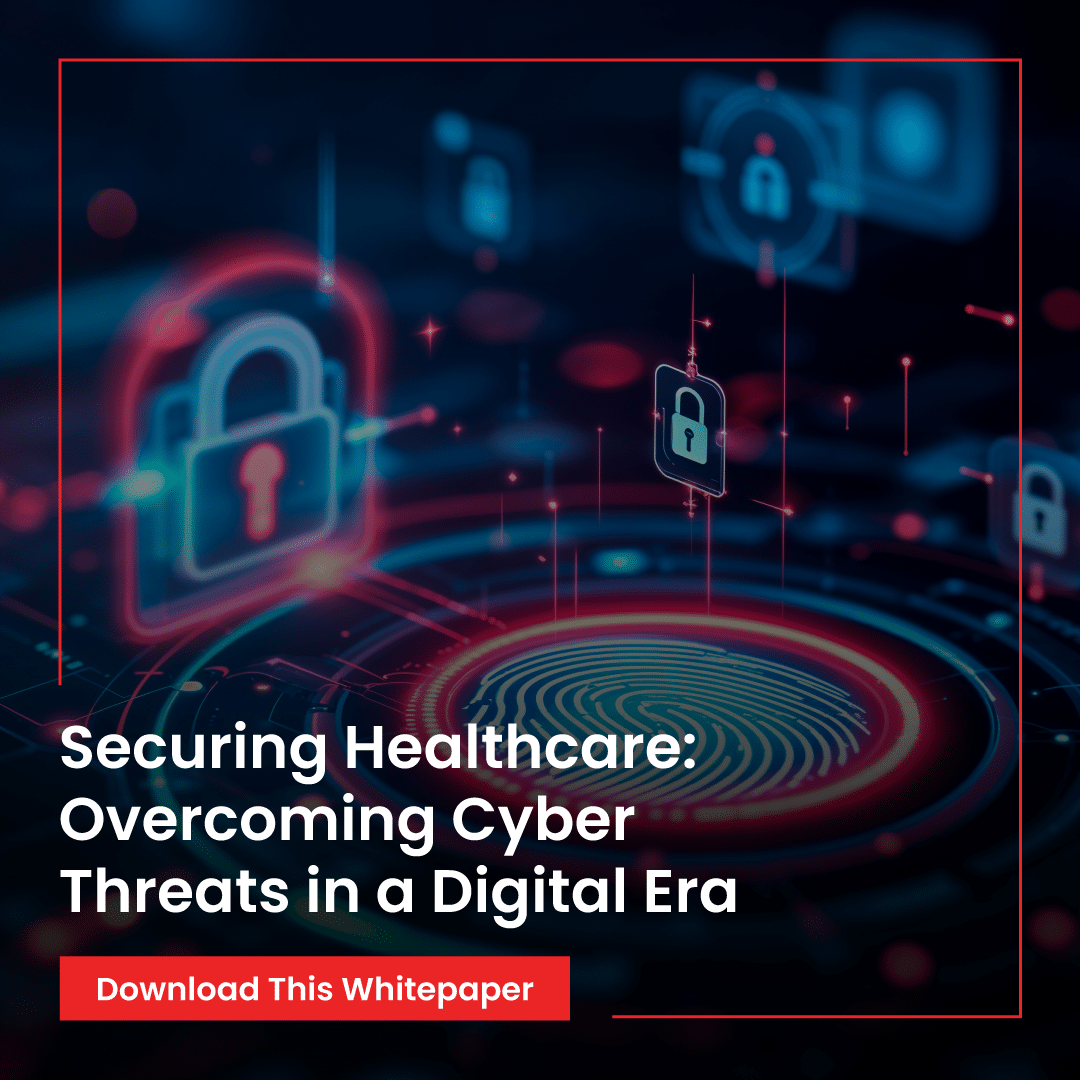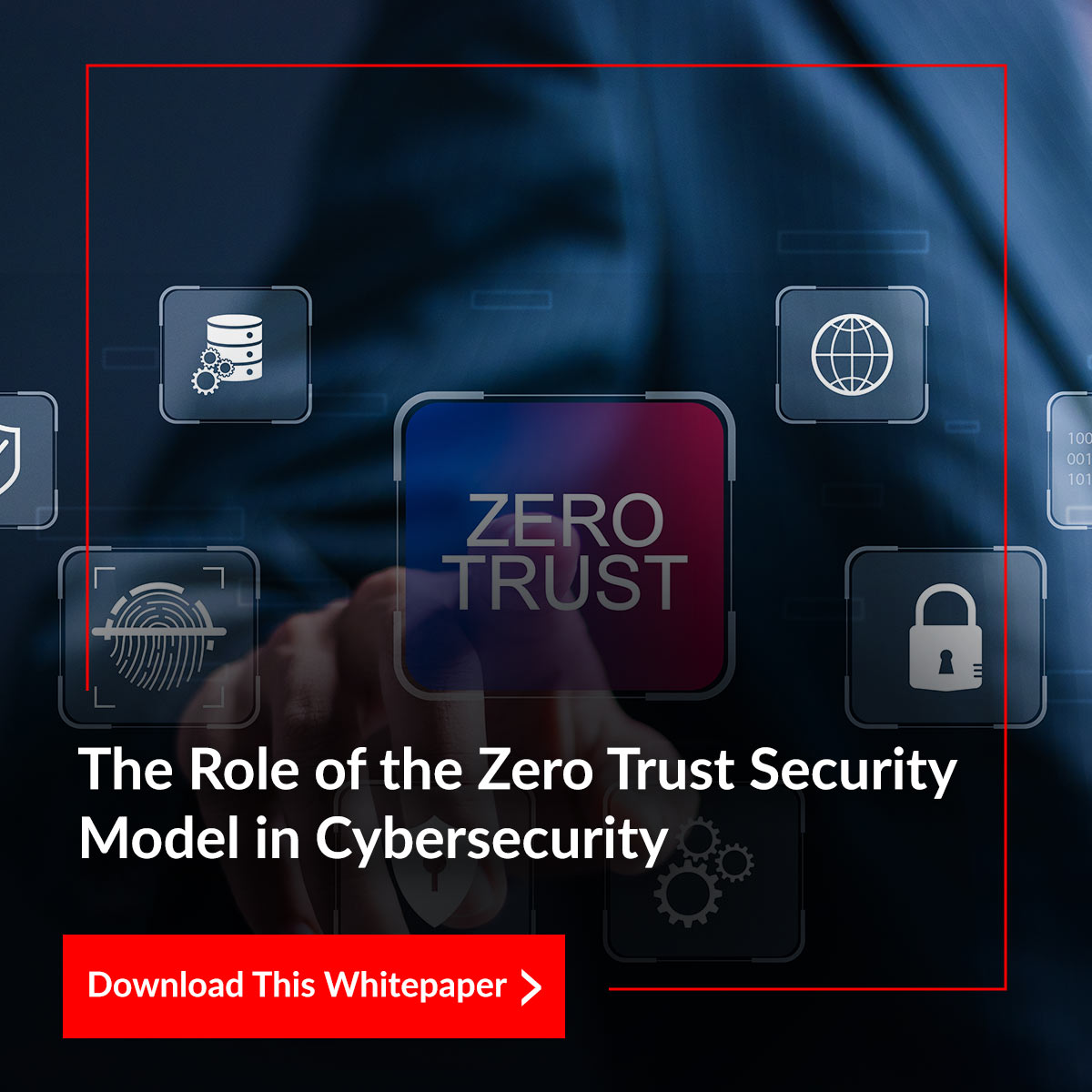Understanding Security Challenges and Risks Associated with the Internet of Things
The accelerated pace of Internet of Things (IoT) adoption into our everyday routines has made it an integral aspect of modern life. However, it has also presented a variety of security issues and potential hazards that require prompt attention. The EC-Council whitepaper, “Understanding Security Challenges and Risks Associated with the Internet of Things”, authored by Ahmed Al-Gain, Cybersecurity Specialist at ICAD-KAIA, provides an in-depth analysis of security issues and offers practical guidance on protecting ourselves.
The whitepaper outlines several security risks associated with IoT devices, including unauthorized access, data breaches, and device hijacking. The lack of standard security protocols across different devices is one of the main challenges, making IoT devices vulnerable to cyber attacks. The paper also highlights the challenges associated with patching vulnerabilities in IoT devices.

One of the main insights from the paper is the need to incorporate security into the design and development of IoT devices. Security should not be treated as an afterthought, but should be considered from the initial stages of the product development life cycle. Manufacturers must prioritize security in the design process to ensure that the devices resist cyber attacks. Another key insight is the importance of implementing strong access controls. IoT devices are often connected to the internet, making them vulnerable to unauthorized access. The implementation of access controls can assist in restricting device accessibility, thereby diminishing the possibility of unauthorized entry and data breaches.
To mitigate these risks, the whitepaper recommends several best practices for individuals and organizations, such as conducting regular security assessments, implementing strong access controls, and using encryption to protect data in transit. The whitepaper also highlights the importance of incorporating security into the design and development of IoT devices, rather than treating it as an afterthought. This whitepaper also emphasizes the importance of keeping IoT devices updated with the latest security patches. Manufacturers should make it easy for users to update their devices and encourage them to keep their devices up to date.
In conclusion, this EC-Council whitepaper is a comprehensive resource for individuals and organizations looking to better understand the security challenges and risks associated with the Internet of Things. It highlights the need for manufacturers to prioritize security in the design process and for users to implement strong access controls and keep their devices up to date. The whitepaper can be downloaded by submitting the required details in the form on the EC-Council website. With the ever-increasing number of IoT devices and their widespread use, understanding the security challenges and risks associated with them is crucial for individuals and organizations to stay protected and secure in the digital age.


